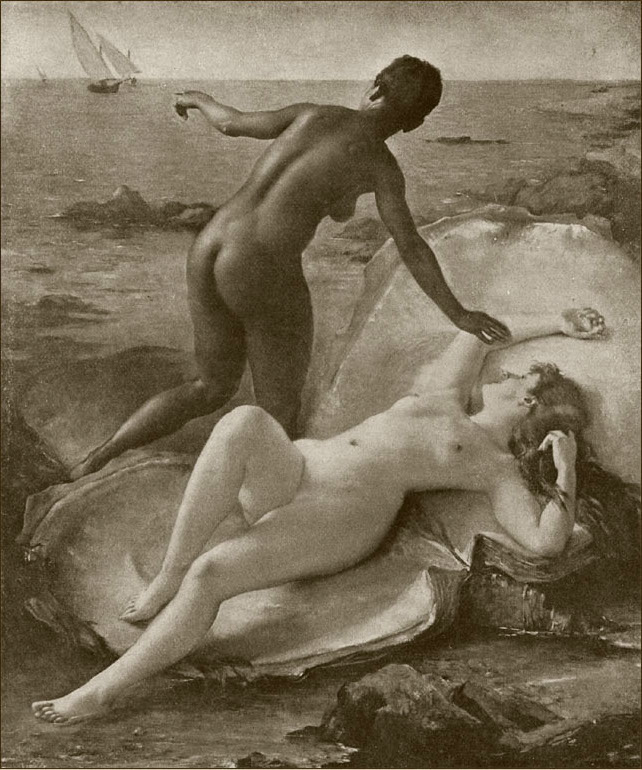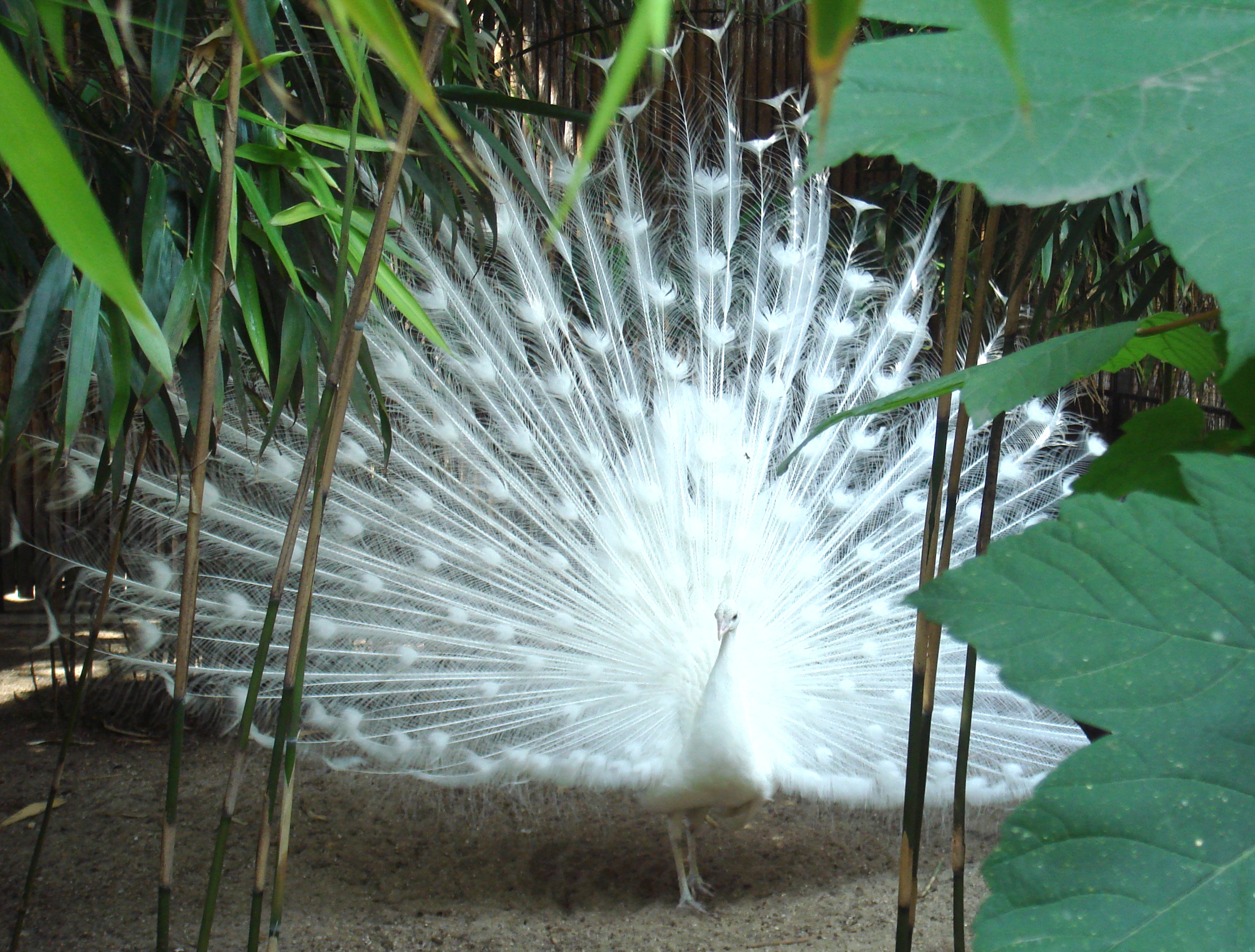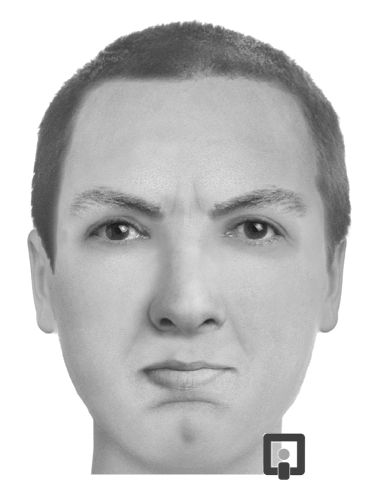|
Averageness
In physical attractiveness studies, averageness describes the physical beauty that results from averaging the facial features of people of the same gender and approximately the same age.Langlois, J.H., Musselman, L. (1995). The myths and mysteries of beauty. In D.R. Calhoun (Ed.), ''1996 Yearbook of Science and the Future'', pp. 40-61. Chicago: Encyclopædia Britannica, Inc. The majority of averageness studies have focused on photographic overlay studies of human faces, in which images are morphed together. The term "average" is used strictly to denote the technical definition of the mathematical mean. An averaged face is not unremarkable, but is, in fact, quite good looking. Nor is it typical in the sense of common or frequently occurring in the population, though it appears familiar, and is typical in the sense that it is a good example of a face that is representative of the category of faces. A possible evolutionary explanation for averageness is koinophilia, in which sexually ... [...More Info...] [...Related Items...] OR: [Wikipedia] [Google] [Baidu] |
Physical Attractiveness
Physical attractiveness is the degree to which a person's physical features are considered aesthetics, aesthetically pleasing or beauty, beautiful. The term often implies sexual attraction, sexual attractiveness or desirability, but can also be distinct from either. There are many factors which influence one person's attraction to another, with physical aspects being one of them. Physical attraction itself includes universal perceptions common to all human cultures such as facial symmetry, Social environment, sociocultural dependent attributes, and personal preferences unique to a particular individual. In many cases, humans subconsciously attribute positive characteristics, such as intelligence and honesty, to physically attractive people, a List of psychological effects, psychological phenomenon called the Halo effect#Role of attractiveness, Halo effect. Research done in the United States and United Kingdom found that objective measures of physical attractiveness and intelligenc ... [...More Info...] [...Related Items...] OR: [Wikipedia] [Google] [Baidu] |
Koinophilia
Koinophilia is an evolutionary hypothesis proposing that during sexual selection, animals preferentially seek mates with a minimum of unusual or mutant features, including functionality, appearance and behavior. Koinophilia intends to explain the clustering of sexual organisms into species and other issues described by Darwin's dilemma. The term derives from the Greek word ''koinos'' meaning "common" or "that which is shared", and ''philia'', meaning "fondness". Natural selection causes beneficial inherited features to become more common at the expense of their disadvantageous counterparts. The koinophilia hypothesis proposes that a sexually-reproducing animal would therefore be expected to avoid individuals with rare or unusual features, and to prefer to mate with individuals displaying a predominance of common or average features. Mutants with peculiar features would be avoided because most mutations that manifest themselves as changes in appearance, functionality or behavi ... [...More Info...] [...Related Items...] OR: [Wikipedia] [Google] [Baidu] |
Francis Galton
Sir Francis Galton (; 16 February 1822 – 17 January 1911) was an English polymath and the originator of eugenics during the Victorian era; his ideas later became the basis of behavioural genetics. Galton produced over 340 papers and books. He also developed the statistical concept of correlation and widely promoted regression toward the mean. He was the first to apply statistical methods to the study of human differences and inheritance of intelligence, and introduced the use of questionnaires and Statistical survey, surveys for collecting data on human communities, which he needed for genealogical and biographical works and for his anthropometrics, anthropometric studies. He popularised the phrase "nature versus nurture". His book ''Hereditary Genius'' (1869) was the first social scientific attempt to study genius and greatness. As an investigator of the human mind, he founded psychometrics and differential psychology, as well as the lexical hypothesis of personality. ... [...More Info...] [...Related Items...] OR: [Wikipedia] [Google] [Baidu] |
Hadza People
The Hadza, or Hadzabe (''Wahadzabe'', in Swahili), are a protected hunter-gatherer Tanzanian indigenous ethnic group, primarily based in Baray, an administrative ward within Karatu District in southwest Arusha Region. They live around the Lake Eyasi basin in the central Rift Valley and in the neighboring Serengeti Plateau. As descendants of Tanzania's aboriginal, pre- Bantu expansion hunter-gatherer population, they have probably occupied their current territory for thousands of years with relatively little modification to their basic way of life until the last century. They have no known close genetic relatives and their language is considered an isolate. Since the first European contact in the late 19th century, governments and missionaries have made many attempts to settle the Hadza by introducing farming and Christianity. These efforts have largely failed, and many Hadza still pursue a life similar to their ancestors. Since the 18th century, the Hadza have come into in ... [...More Info...] [...Related Items...] OR: [Wikipedia] [Google] [Baidu] |
Beauty
Beauty is commonly described as a feature of objects that makes them pleasure, pleasurable to perceive. Such objects include landscapes, sunsets, humans and works of art. Beauty, art and taste are the main subjects of aesthetics, one of the fields of study within philosophy. As a positive aesthetic value, it is contrasted with Unattractiveness, ugliness as its negative counterpart. One difficulty in understanding beauty is that it has both objective and subjective aspects: it is seen as a property of things but also as depending on the emotional response of observers. Because of its subjective side, beauty is said to be "in the eye of the beholder". It has been argued that the ability on the side of the subject needed to perceive and judge beauty, sometimes referred to as the "sense of taste", can be trained and that the verdicts of experts coincide in the long run. This suggests the standards of validity of judgments of beauty are intersubjective, i.e. dependent on a group of j ... [...More Info...] [...Related Items...] OR: [Wikipedia] [Google] [Baidu] |
Likert Scale
A Likert scale ( ,) is a psychometric scale named after its inventor, American social psychologist Rensis Likert, which is commonly used in research questionnaires. It is the most widely used approach to scaling responses in survey research, such that the term (or more fully the Likert-type scale) is often used interchangeably with '' rating scale'', although there are other types of rating scales. Likert distinguished between a scale proper, which emerges from collective responses to a set of items (usually eight or more), and the format in which responses are scored along a range. Technically speaking, a Likert scale refers only to the former. The difference between these two concepts has to do with the distinction Likert made between the underlying phenomenon being investigated and the means of capturing variation that points to the underlying phenomenon. When responding to a Likert item, respondents specify their level of agreement or disagreement on a symmetric agree-disa ... [...More Info...] [...Related Items...] OR: [Wikipedia] [Google] [Baidu] |
Neoteny
Neoteny (), also called juvenilization,Montagu, A. (1989). Growing Young. Bergin & Garvey: CT. is the delaying or slowing of the Physiology, physiological, or Somatic (biology), somatic, development of an organism, typically an animal. Neoteny in humans, Neoteny in modern humans is more significant than in other primates. In progenesis or paedogenesis, sexual development is accelerated. Both neoteny and progenesis result in paedomorphism (as having the form typical of children) or paedomorphosis (changing towards forms typical of children), a type of heterochrony. It is the retention in adults of traits previously seen only in the young. Such retention is important in evolutionary biology, domestication, and evolutionary developmental biology. Some authors define paedomorphism as the retention of larval traits, as seen in salamanders.Schell, S. C. ''Handbook of Trematodes of North America North of Mexico'', 1985, pg. 22 History and etymology Julius Kollmann created the term ... [...More Info...] [...Related Items...] OR: [Wikipedia] [Google] [Baidu] |
Fluctuating Asymmetry
Fluctuating asymmetry (FA), is a form of biological asymmetry, along with anti-symmetry and direction asymmetry. Fluctuating asymmetry refers to small, random deviations away from perfect bilateral symmetry. This deviation from perfection is thought to reflect the genetic and environmental pressures experienced throughout development, with greater pressures resulting in higher levels of asymmetry. Examples of FA in the human body include unequal sizes (asymmetry) of bilateral features in the face and body, such as left and right eyes, ears, wrists, breasts, testicles, and thighs. Research has exposed multiple factors that are associated with FA. As measuring FA can indicate developmental stability, it can also suggest the genetic fitness of an individual. This can further have an effect on mate attraction and sexual selection, as less asymmetry reflects greater developmental stability and subsequent fitness. Human physical health is also associated with FA. For example, young men w ... [...More Info...] [...Related Items...] OR: [Wikipedia] [Google] [Baidu] |
Prototype Theory
Prototype theory is a theory of categorization in cognitive science, particularly in psychology and cognitive linguistics, in which there is a graded degree of belonging to a conceptual category, and some members are more central than others. It emerged in 1971 with the work of psychologist Eleanor Rosch, and it has been described as a "Copernican Revolution" in the theory of categorization for its departure from the traditional Aristotelian categories.Coșeriu (2000) It has been criticized by those that still endorse the traditional theory of categories, like linguist Eugenio Coseriu and other proponents of the structural semantics paradigm. In this prototype theory, any given concept in any given language has a real world example that best represents this concept. For example: when asked to give an example of the concept ''furniture'', a ''couch'' is more frequently cited than, say, a ''wardrobe''. Prototype theory has also been applied in linguistics, as part of the mapping f ... [...More Info...] [...Related Items...] OR: [Wikipedia] [Google] [Baidu] |
Exemplar Theory
Exemplar theory is a proposal concerning the way humans categorize objects and ideas in psychology. It argues that individuals make category judgments by comparing new stimuli with instances already stored in memory. The instance stored in memory is the "exemplar". The new stimulus is assigned to a category based on the greatest number of similarities it holds with exemplars in that category. For example, the model proposes that people create the "bird" category by maintaining in their memory a collection of all the birds they have experienced: sparrows, robins, ostriches, penguins, etc. If a new stimulus is similar enough to some of these stored bird examples, the person categorizes the stimulus in the "bird" category. Various versions of the exemplar theory have led to a simplification of thought concerning concept learning, because they suggest that people use already-encountered memories to determine categorization, rather than creating an additional abstract summary of repre ... [...More Info...] [...Related Items...] OR: [Wikipedia] [Google] [Baidu] |
Mate Choice
Mate choice is one of the primary mechanisms under which evolution can occur. It is characterized by a "selective response by animals to particular stimuli" which can be observed as behavior.Bateson, Paul Patrick Gordon. "Mate Choice." Mate Choice, Cambridge University Press, 1985 In other words, before an animal engages with a potential mate, they first evaluate various aspects of that mate which are indicative of quality—such as the resources or phenotypes they have—and evaluate whether or not those particular Phenotypic trait, trait(s) are somehow beneficial to them. The evaluation will then incur a response of some sort. These mechanisms are a part of evolutionary change because they operate in a way that causes the qualities that are desired in a mate to be more frequently passed on to each generation over time. For example, if female peacocks desire mates who have a colourful plumage, then this trait will increase in frequency over time as male peacocks with a colourful ... [...More Info...] [...Related Items...] OR: [Wikipedia] [Google] [Baidu] |
Mating
In biology, mating is the pairing of either opposite-sex or hermaphroditic organisms for the purposes of sexual reproduction. ''Fertilization'' is the fusion of two gametes. '' Copulation'' is the union of the sex organs of two sexually reproducing animals for insemination and subsequent internal fertilization. Mating may also lead to external fertilization, as seen in amphibians, fishes and plants. For most species, mating is between two individuals of opposite sexes. However, for some hermaphroditic species, copulation is not required because the parent organism is capable of self-fertilization (autogamy); for example, banana slugs. The term ''mating'' is also applied to related processes in bacteria, archaea and viruses. Mating in these cases involves the pairing of individuals, accompanied by the pairing of their homologous chromosomes and then exchange of genomic information leading to formation of recombinant progeny (see mating systems). Animals For animals ... [...More Info...] [...Related Items...] OR: [Wikipedia] [Google] [Baidu] |






